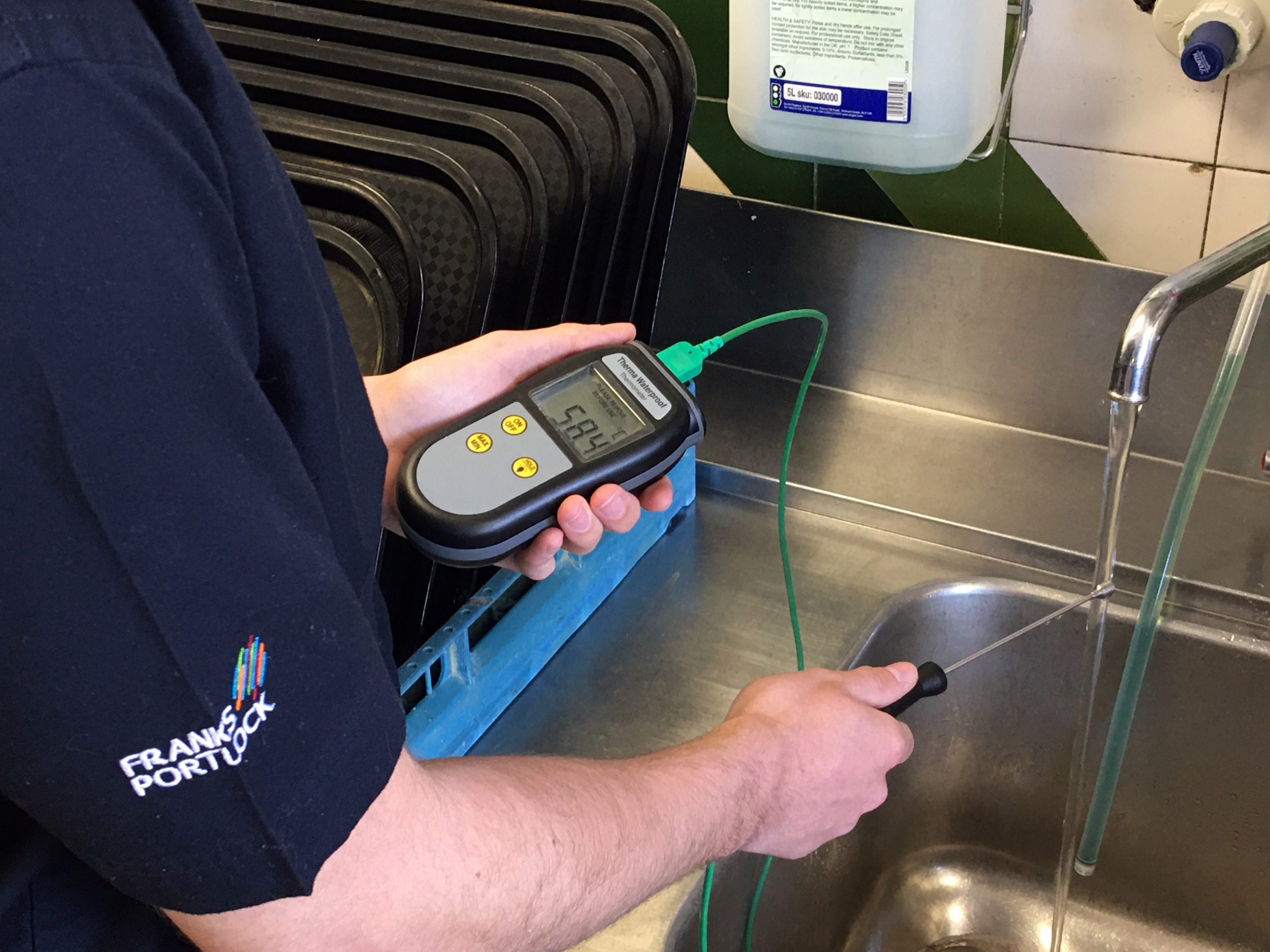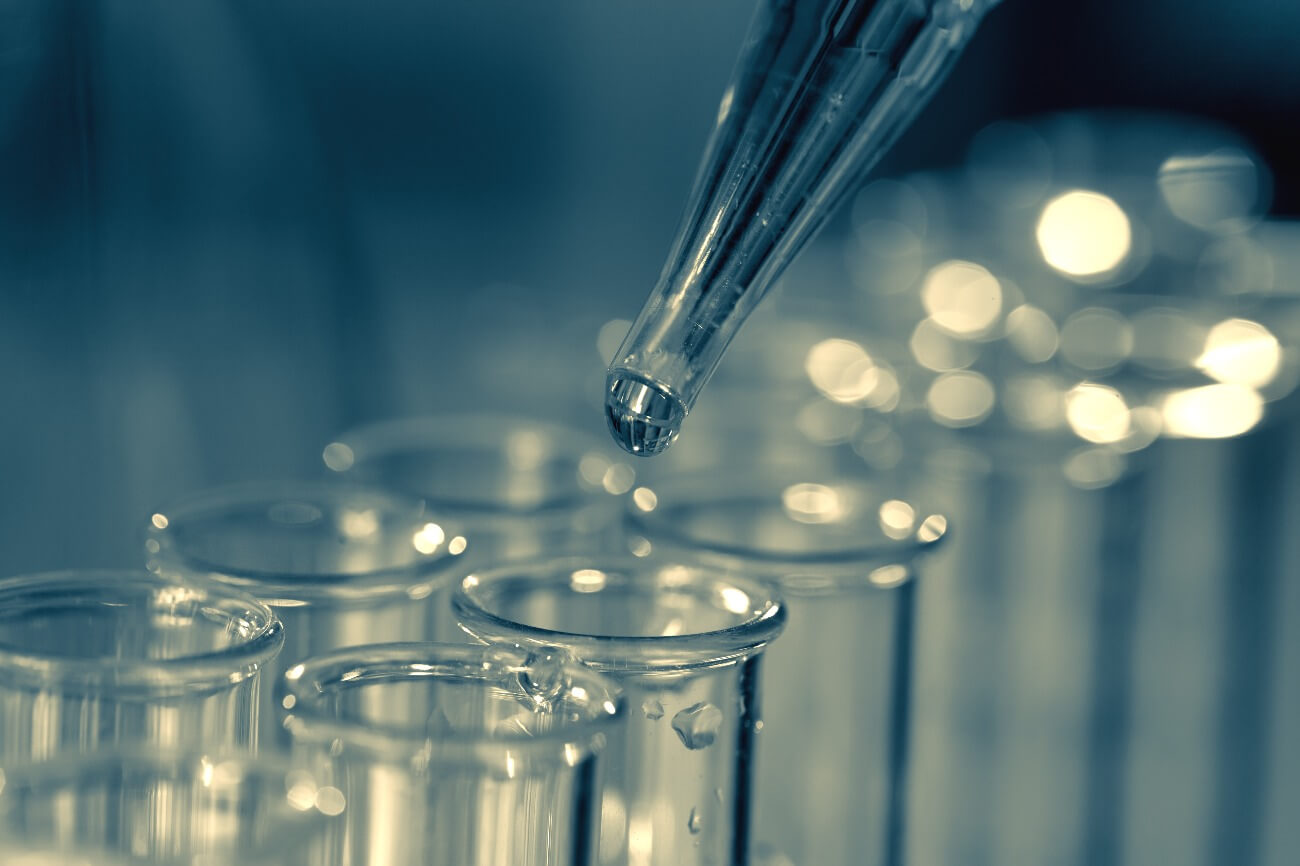What is Legionella?
You may be asking yourself, what is legionella? Legionella is a type of bacteria found in natural water sources, like lakes and streams, where it does not usually cause problems. However, it becomes a health concern when it enters human-made water systems and is given an environment to grow. Legionella bacteria can cause a serious type of pneumonia (lung infection) called Legionnaires’ disease. The bacteria can also cause a less serious illness called Pontiac fever.
What Is Legionnaires’ Disease?
Legionnaires’ disease is a potentially fatal form of pneumonia. Symptoms of legionnaires’ disease include; coughing, a high temperature, difficulty breathing, and chest pain or discomfort. These symptoms tend to develop quickly as the infection spreads across your lungs.
Causes and Common Sources of Infection
Human-made water systems are the most common sources of infection for legionnaires’ disease, such as:
- Hot and cold water systems
- Air conditioning units
- Spa pools and hot tubs
- Showers and taps
- Cooling towers
- Decorative fountains and water features
- Hot water tanks and heaters
- Evaporative condensers
How do you catch legionnaires’ disease?
People contract Legionnaires’ disease by inhaling small droplets of water (aerosols), suspended in the air, containing the bacteria. Certain conditions increase the risk from legionella if:
- the water temperature in all or some parts of the system may be between 20-45 °C, which is suitable for growth
- it is possible for breathable water droplets to be created and dispersed e.g. aerosol created by a cooling tower, shower or by simply opening a tap.
- water is stored and/or re-circulated
- there are deposits that can support bacterial growth providing a source of nutrients for the organism e.g. rust, sludge, scale, organic matter and biofilms
Cases of Legionnaires’ disease are often the result of infections caught in the UK, but a number of cases occur abroad.
People at Increased Risk
Anyone can develop legionnaires’ disease, but those at an increased risk of legionnaires’ disease are:
- People over 45 years of age
- Smokers and heavy drinkers
- People suffering from chronic respiratory or kidney disease
- People with diabetes, lung and heart disease
- Anyone with an impaired immune system
Do I need to see a doctor?
If you think you’ve been exposed to legionella bacteria, see your doctor as soon as possible. By diagnosing and treating legionnaires’ disease as soon as possible it can help reduce the recovery period and prevent serious complications. For those at high risk, prompt treatment is even more critical.
Are there legionella risks in my workplace?
Any water system that has the right environmental conditions could potentially be a source for legionella bacteria growth. There is a reasonably foreseeable legionella risk in your water system if:
- water is stored or re-circulated as part of your system.
- The water temperature in all or some part of the system is between 20–45 °C.
- there are sources of nutrients such as rust, sludge, scale and organic matters.
- The conditions are likely to encourage bacteria to multiply.
It is possible for water droplets to be produced and, if so, if they can be dispersed over a wide area, e.g. showers and aerosols from cooling towers; and it is likely that any of your employees, residents, visitors etc are more susceptible to infection due to age, illness, a weakened immune system etc and whether they could be exposed to any contaminated water droplets
The most common places where legionella can be found include:
- purpose-built water systems
- cooling towers
- evaporative condensers
- hot and cold water systems
- spa pools.
There are also a number of other systems that may pose a risk to exposure to legionella, eg humidifiers, air washers, emergency showers, indoor ornamental fountains etc.
How do I identify and assess sources of risk?
To identify the risks in your water system you, or a competent person who understands your water systems and any associated equipment, should establish any possible exposure to legionella risks, as listed above, as part of a risk assessment.
Your risk assessment should include:
- management responsibilities, including the name of the competent person and a description of your system.
- any potential risk sources.
- any controls currently in place to control risks.
- monitoring, inspection and maintenance procedures.
- records of the monitoring results, inspection and checks carried out; arrangements to review the risk assessment regularly
- If you decide that the risks are insignificant and are being properly managed to comply with the law, your assessment is complete. You will not need to take any further action, but it is important to review your assessment periodically in case anything changes in your system.
If you decide that the risks are insignificant and are being properly managed to comply with the law, your assessment is complete. You will not need to take any further action, but it is important to review your assessment periodically in case anything changes in your system.
What are my duties?
Under general health and safety law, as an employer or person in control of a premises (eg a landlord), you have health and safety duties and need to take suitable precautions to prevent or control the risk of exposure to legionella. Carrying out a risk assessment is your responsibility and will help you to establish any potential risks and implement measures to either eliminate or control risks. You may be competent to carry out the assessment yourself but, if not, you should ask someone with the necessary skills to conduct a risk assessment. This can be done by someone from within your own organisation or from someone outside, eg an external consultant like Franks Portlock.
How can we help?
Franks Portlock is a certified member of the Legionella Control Association (LCA), providing a variety of water hygiene services, including Legionella risk assessment and control measures. To enquire about our services or to speak to one of our experts contact us today.
 ASBESTOS REGULATION COMPLIANCE CHECKER
ASBESTOS REGULATION COMPLIANCE CHECKER 0191 419 3116
0191 419 3116 contactus@franksportlock.co.uk
contactus@franksportlock.co.uk








